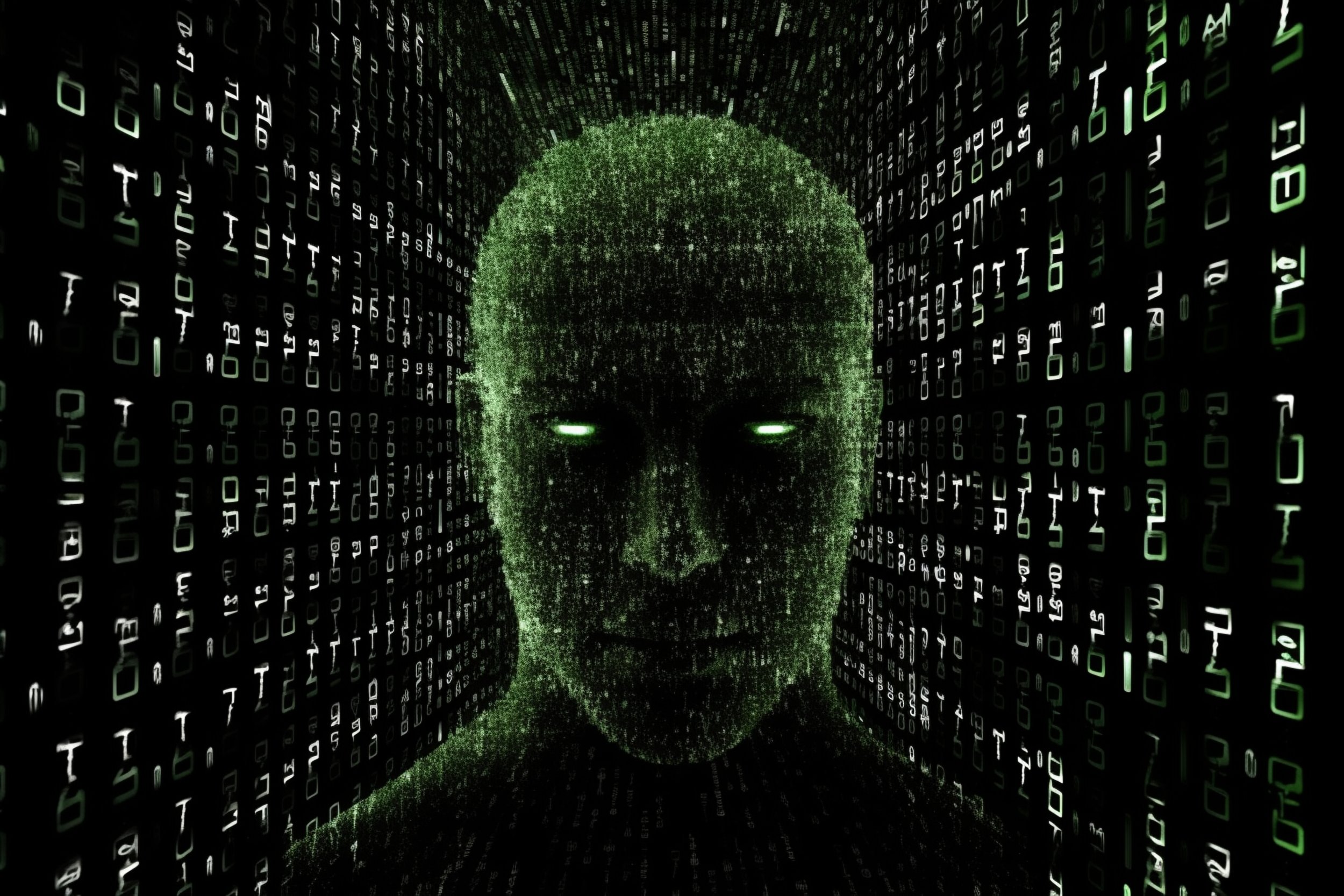THE ANTIVIRUS THAT ACTS LIKE A VIRUS
It's no secret that malicious cyber attackers are constantly looking for new ways to infiltrate computer systems and steal sensitive data. But now, with the rise of artificial intelligence (AI), even the most advanced antivirus software is quickly becoming obsolete.
Take, for example, the infamous Duqu virus which infiltrated government networks back in 2012. It was only later discovered that its creators had used the antivirus software of several major companies to install their malicious code without anyone's knowledge at the very labs that were creating the antivirus software. Thus, when governments and private citizens alike uploaded their updates directly from their antivirus companies, they were actually uploading a backdoor for hackers, exposing millions of computers, and countless documents, top-secret, private, and public, all going into the hands of a hacker…and to this day, no one knows who the hacker was. Concerning? It should be.
The same can be said for many other new AI-powered viruses, malware, and ransomware. They are able to bypass or completely ignore most current security measures, leaving networks vulnerable to attack.
What's worse, these AI-powered attacks can target both private and public networks, compromising millions of computers in the process. In short, nothing is truly safe from these cyber threats. They are essentially Duqu on steroids.
It's clear that traditional security measures are no longer enough to protect computer systems from the ever-evolving forces of malicious AI attackers. It's time to take a new approach to cybersecurity and start investing in advanced AI-powered tools that can defend against the latest threats.
Otherwise, it may only be a matter of time until our networks are breached by these unstoppable forces.
The implications of these AI-driven cyber threats extend far beyond the realm of individual networks or companies. In fact, we stand on the precipice of a potential worldwide catastrophic network failure if these trends continue unimpeded. In such a scenario, the entire digital infrastructure that our society relies on could come crashing down, causing chaos and disruption on an unprecedented scale.
Moreover, the risk of commercial paralysis is also high on the horizon. Consider a scenario where entire streams of commerce are held hostage for ransom by these advanced cyber threats. Financial transactions could be frozen, supply chains could be disrupted, and businesses could be brought to a standstill. This is no longer a dystopian vision of the future; it's the harsh reality that we must grapple with in the face of advanced AI cyberattacks. The next step is to strengthen our defenses and adapt to this evolving threat landscape, lest we risk being engulfed by this digital pandemic.



